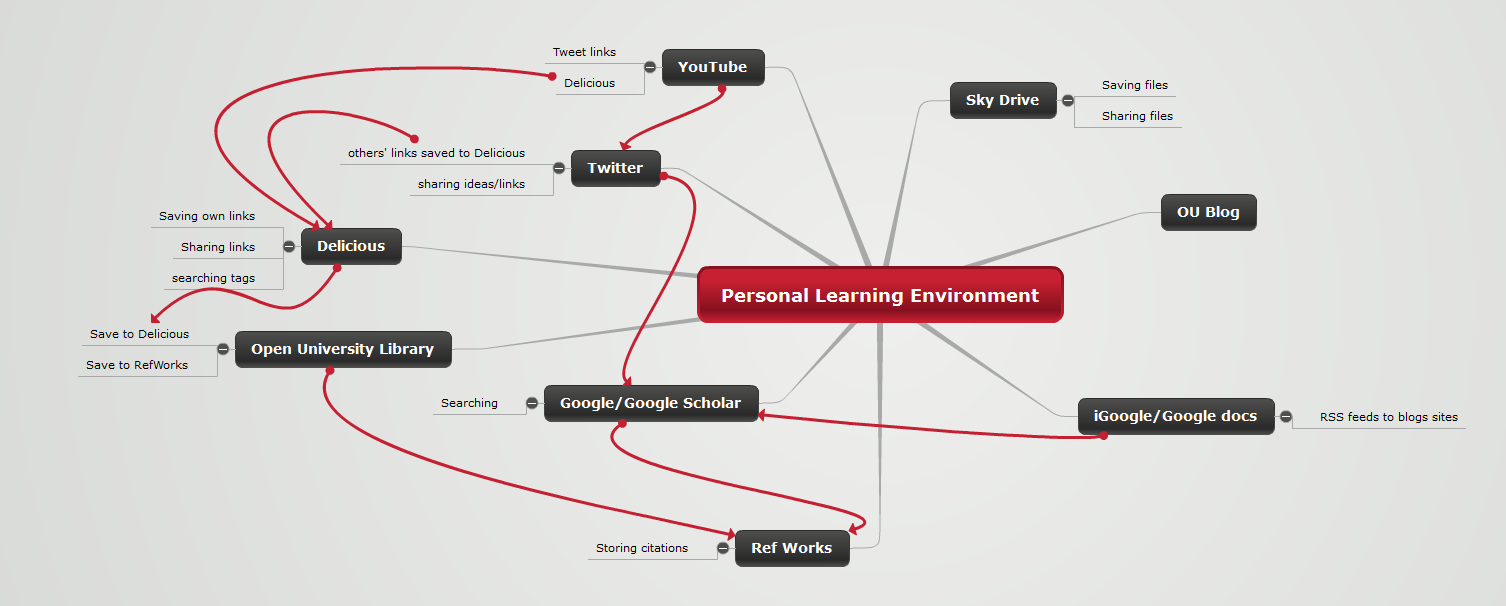Technology and its impact on a tertiary college:
New technology has impacted on the college in two ways. Firstly there was the adoption of a VLE, in this case Moodle, and secondly, the development of new college information systems (CIS). Both have had an impact on the teacher’s role and increased their workloads. Both developments have also required changes in the organisation. An eLearning team has been created and the CIS department expanded.
Teachers have found that they have been expected to create course pages on the VLE and develop resources without being given time to do this. Also there have been additional CPD requirements on staff to learn how to work with the VLE. When the idea of creating a virtual learning platform was first mooted it was taken up by enthusiastic staff in the Business and IT department, together with the librarian. Moodle was chosen and staff trained and there was a lot of focus on bidding for external grants and buying equipment such as iPod touches, PS3s, Nintendo DSs, flip cameras and equipment for podcasting and software for screen capture etc. However, in the last year a dedicated elearning team was formed with new members, with the brief to develop the VLE into a more professionally designed site. The VLE also grew in an uncontrolled manner meaning that it became very difficult to find resources. The whole VLE is now being restructured and redesigned with new guidelines for standards of course pages, copyright awareness, and a simpler structure. The equipment purchased in the initial period has gradually disappeared into department cupboards with little evidence that it has been used. It has been gathered back in and user guides and teaching advice written for each one and they have all been put in the library to be loaned out and their usage logged. Training courses have been put on to develop skills with these technologies, but they have been poorly attended. Some departments, such as Science and Maths, are more enthusiastic than others.
However, there have been severe constraints on how far the team have been able to go. Conole (2011) argues that changes have been piecemeal when a system overhaul is required to fully embed new technology. This appears to have happened at college where changes have been made to the team driving elearning, but there still doesn’t seem to be much support from senior management and other departments in the college that have a direct impact on elearning have not been changed at all and now present an opposition. The main area of conflict is the IT Support department that maintains a ferocious control over all the college IT systems.
Across the college innovative practise only occurs in small pockets. A review of the VLE recently showed that many course had little or nothing on their sites. Teachers reported that they didn’t use ot because their students didn’t use it. There seemed little drive to encourage students. Yet, as Conole (2011) argues students are using their own laptops in college and some teachers are using Facebook and Youtube to upload resources, such as podcasts, which students are using.
A recent project set up by a small group of innovative staff, including the elearning team if the Supported Experiments Project. Teachers are aiming to change a small aspect of their teaching and then share experiences and results with each other and then the rest of the college. Some are ideas are simple changes in teaching strategy, some involve new technology. The elearning team are involved to support staff using new technology and to build a site for them to share their ideas. One of the tools we are using is a wiki for people to bring all their ideas together.
Three innovative projects I have researched are
· the Penntags Project (http://tags.library.upenn.edu/): which is a social bookmarking page set up by lecturers and students as Pennsylvania University.
· Welkers Wikinomics (http://welkerswikinomics.wetpaint.com/): a wiki edited by K12 economics students of economic concepts which also has study guides for students. The wiki is managed by an economics teacher.
· OU Secondlife project (http://wiki.secondlife.com/wiki/Case_Study:_The_Open_University): there are 6 OU environments including Open Life, Open life Ocean, Open Life Village, FIT Island and Deep Think I and II. OU events and conferences held in SL. Anna Peachey, does her tutorials in SL. This is the most radical and most interesting project.
Reference
Conole, G. (2011) ‘Stepping over the edge: the implications of new technologies for education’ in Lee, M.J.W. and McLoughlin, C. (eds) Web 2.0-based E-learning: Applying Social Informatics for Tertiary Teaching, Hershey, PA, IGI Global; also available online at http://www.igi-global.com.libezproxy.open.ac.uk/ gateway/ contentowned/ chapter.aspx?titleid=45034&accesstype=infosci
